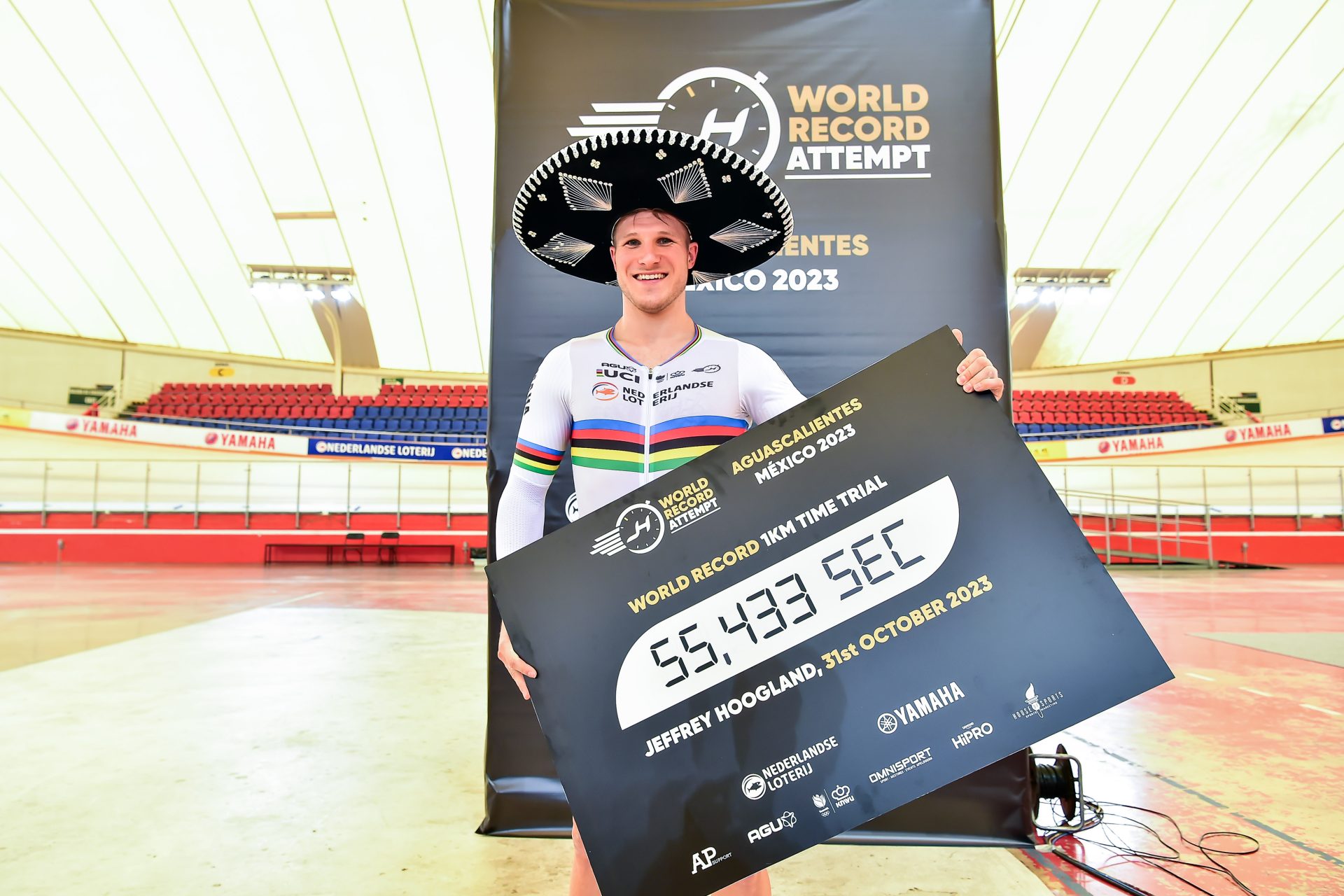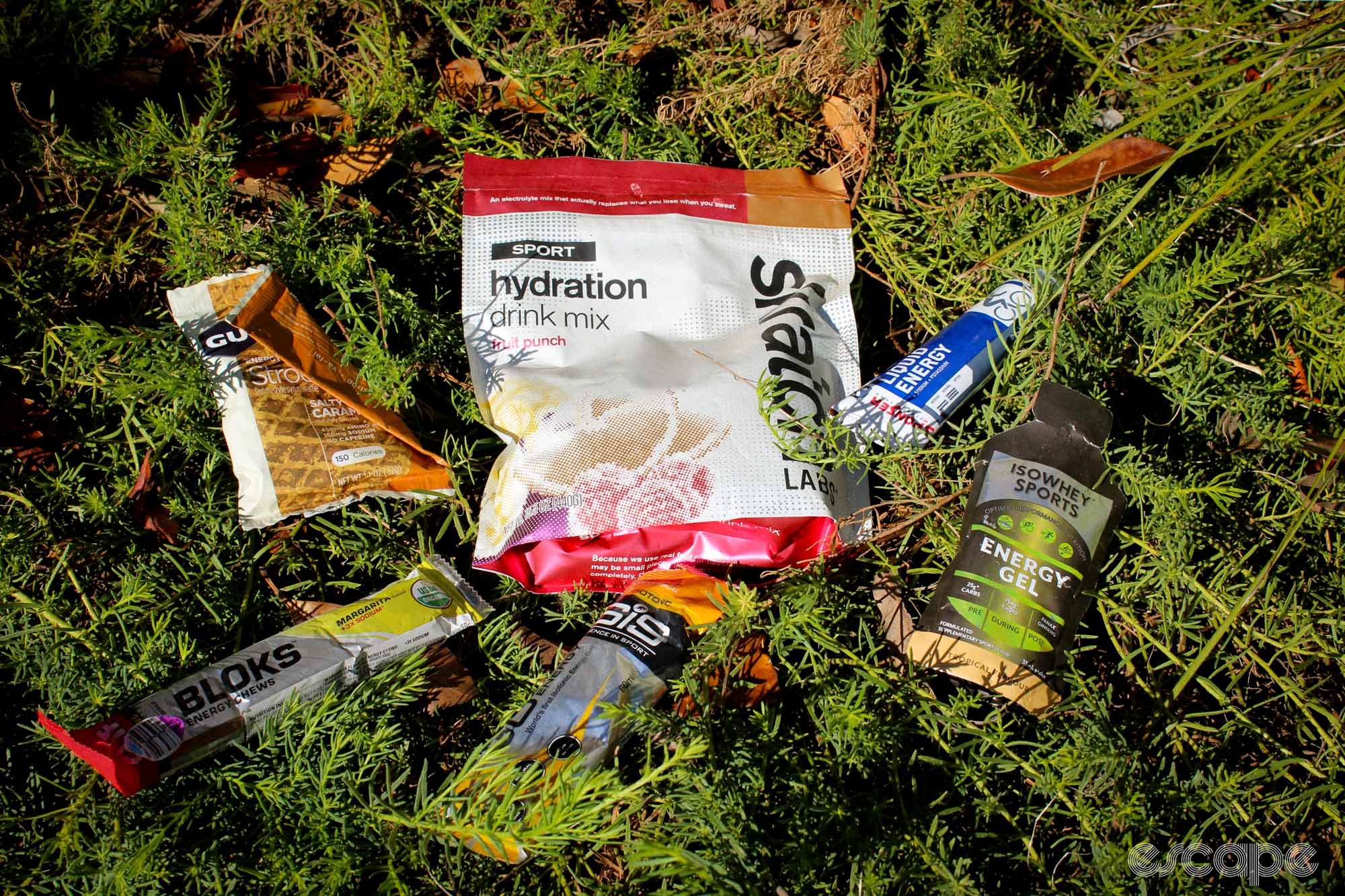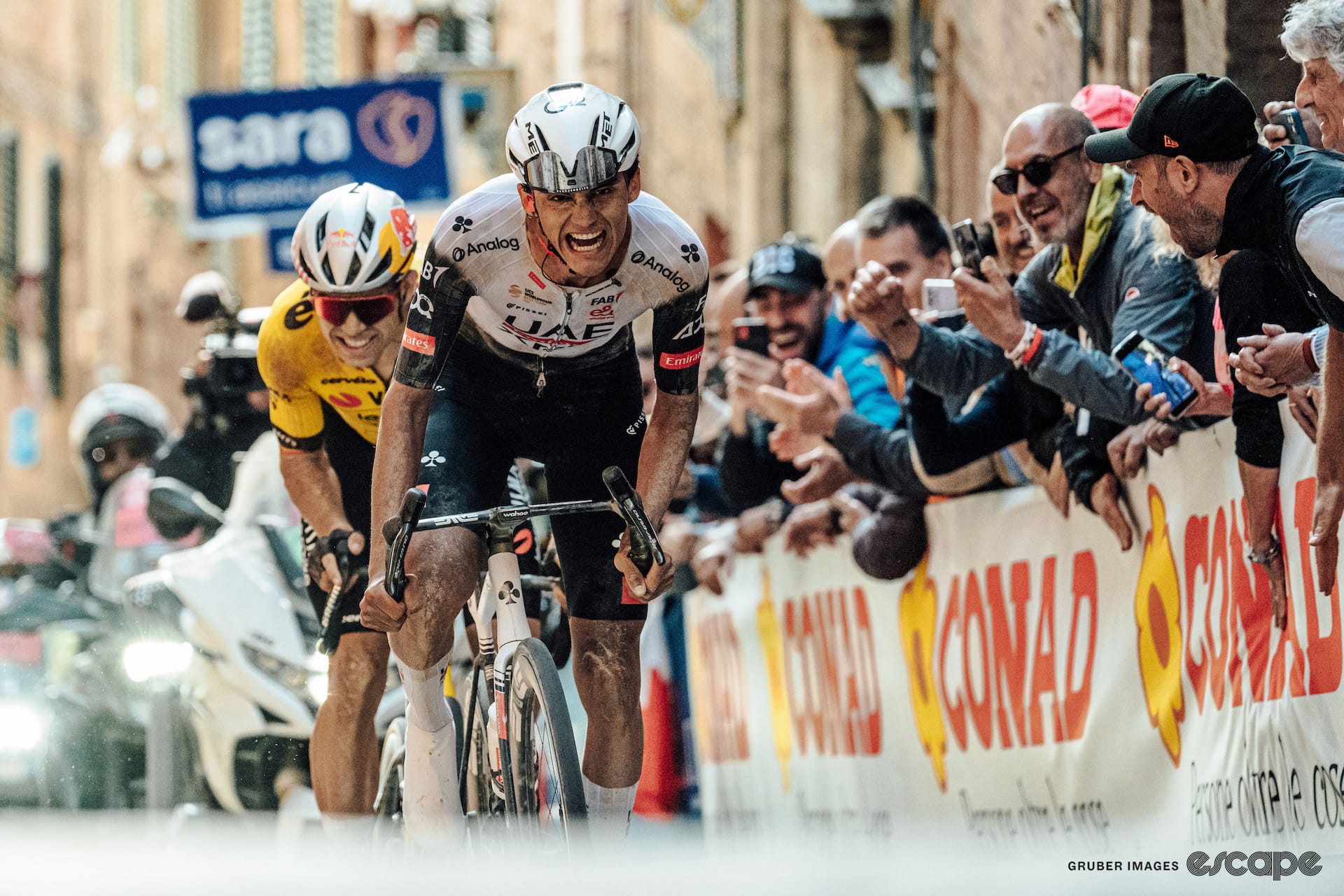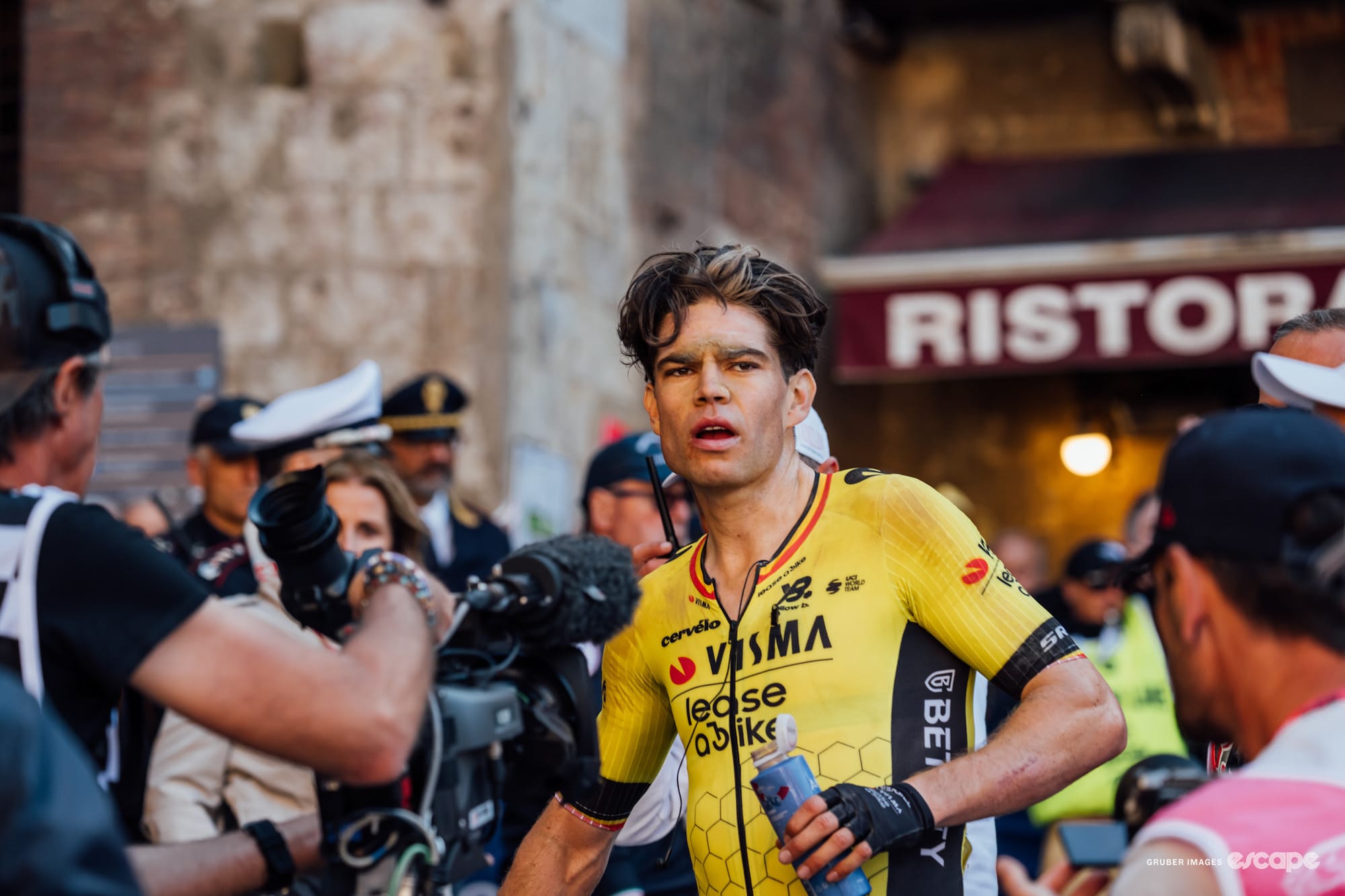Having stood for a decade, François Pervis' time of 56.303 seconds for 1 km (the kilo) was the longest-standing World Record in track cycling until last week. That mark fell in just 55.443 seconds last week, as current World Champion Jeffrey Hoogland took to the track in Aguascalientes, Mexico, with approximately 3,000 watts and 500 Nm of torque last week. The flying 500 record also fell, and with it Hoogland cemented his legacy as one of the greatest kilo riders of all time.
That standing, combined with the advancements in sports science and aerodynamics in the past decade, meant some had predicted some frankly ridiculous times for Hoogland in an optimised world record attempt.
In the end, he obliterated the record, taking almost a second, or 1.5%, off the previous benchmark. That might not sound like much, but in such a short event, it's beyond what the team supporting Hoogland could have hoped for. In Hour Record terms, 1.5% is the equivalent of adding almost a kilometre to Filippo Ganna's current benchmark. Good luck!
What's more impressive is that all those modern advancements may have only played a small part in Hoogland's new record. Escape Collective spoke with Hoogland's coach, Mehdi Kordi, PHD, as the team was heading back to Europe for the inside story on track cycling's youngest world record. As we would find out, aerodynamics are by far the most dominant resistance the rider must overcome at Hoogland's sprinting speed, and the reduced air density in Aguascalientes compared to sea level is a definite performance advantage. But unlike most records that fall these days, there was minimal aero testing and zero altitude acclimatisation. As Kordi would explain, "In the era of science-ing the shit out of it, this is the exception to the rule."
Readers may well know Mehdi Kordi. In fact, listeners to the first episode of the Performance Process Podcast will have heard Jonny Wale credit Kordi with the key strategy change that set the Huub-Wattbike squad on their way to revolutionising the team pursuit. Kordi was also a coach at British Cycling and is currently the head coach (track sprint) at the Dutch national cycling federation.
Head sprint coach in the Dutch squad means coach to the best sprinter in the world, Jeffrey Hoogland, and the flying Dutchman needed a goal to get him through this quiet phase between 2023 World Championships and 2024 Paris Olympics build-up. Hoogland had done the UCI Track Champions League for two seasons, and Kordi was keen for him to attempt the Kilometer World Record. Kordi was convinced it was not only achievable but also one of the final big gaps in Hoogland's palmares.
The record attempt not only provided the perfect motivation between worlds and Paris build-up, but it also provided Hoogland the opportunity to cement his legacy. Theoretically, that might also have been possible post-Olympics, but as any Olympian will tell you, motivation is tough to come by post-Games.
Initially, though, Hoogland wasn't as stoked on the idea. In the end, they found an agreement: Hoogland would go to the worlds, and then, with the rainbow bands on his back, go to Mexico to attempt the World Record. For Hoogland, it was important to be the World Champion before tackling the World Record. Fast forward to Halloween night, and that decision clearly paid off as Hoogland looked all kinds of dominant as the rainbow-clad current World Champion smashing the World Record.
A long way to go for a short ride
Rainbow bands secured, and the prep began for the record attempt. Most of it was in the weight room, leg-pressing 650 kilograms during a typical strength workout.
Unsurprisingly, Aguascalientes was chosen because of its relatively high altitude and associated low air density, which makes going fast slightly less difficult. The Velodrome Bicentenario has seen many record attempts over the past decade as altitude, aerodynamics, and modern training, not to mention a few UCI rule changes along the way, have seen track record after track record tumble.
Somewhat surprisingly, Kordi only needs two words to describe how Hoogland and the team prepared for the demands of performing at altitude: "We didn't," he says matter of factly before elaborating further. As Kordi explains "(A kilo) is different to doing an Hour Record where the aerobic system is the most dominant … (in the kilo) the altitude would only hit Jeffrey after the effort," and so effectively they didn't care.
"He said the last lap felt like a normal kilo, make of that what you will."
Mehdi Kordi
You care little about the hurt post-event, even less when you've just broken a World Record, and as such Hoogland and the team landed in Mexico just four days before the attempt as per their standard preparation plan for any event. No altitude camps, no hypoxic training masks, and no acclimatisation period. In other words, Hoogland applied the exact same highly successful and well-drilled travel and build-up plan to the world record attempt as he did to any track meet. "If it ain't broke, don't fix it."
That said, as anyone who has watched the footage can attest, when the altitude did hit post-event, it hit him hard. As Kordi tells us, it took Hoogland 45 minutes just to come around: gaunt, falling around, sick, and breathless, "he was like a drunkard in a bar."
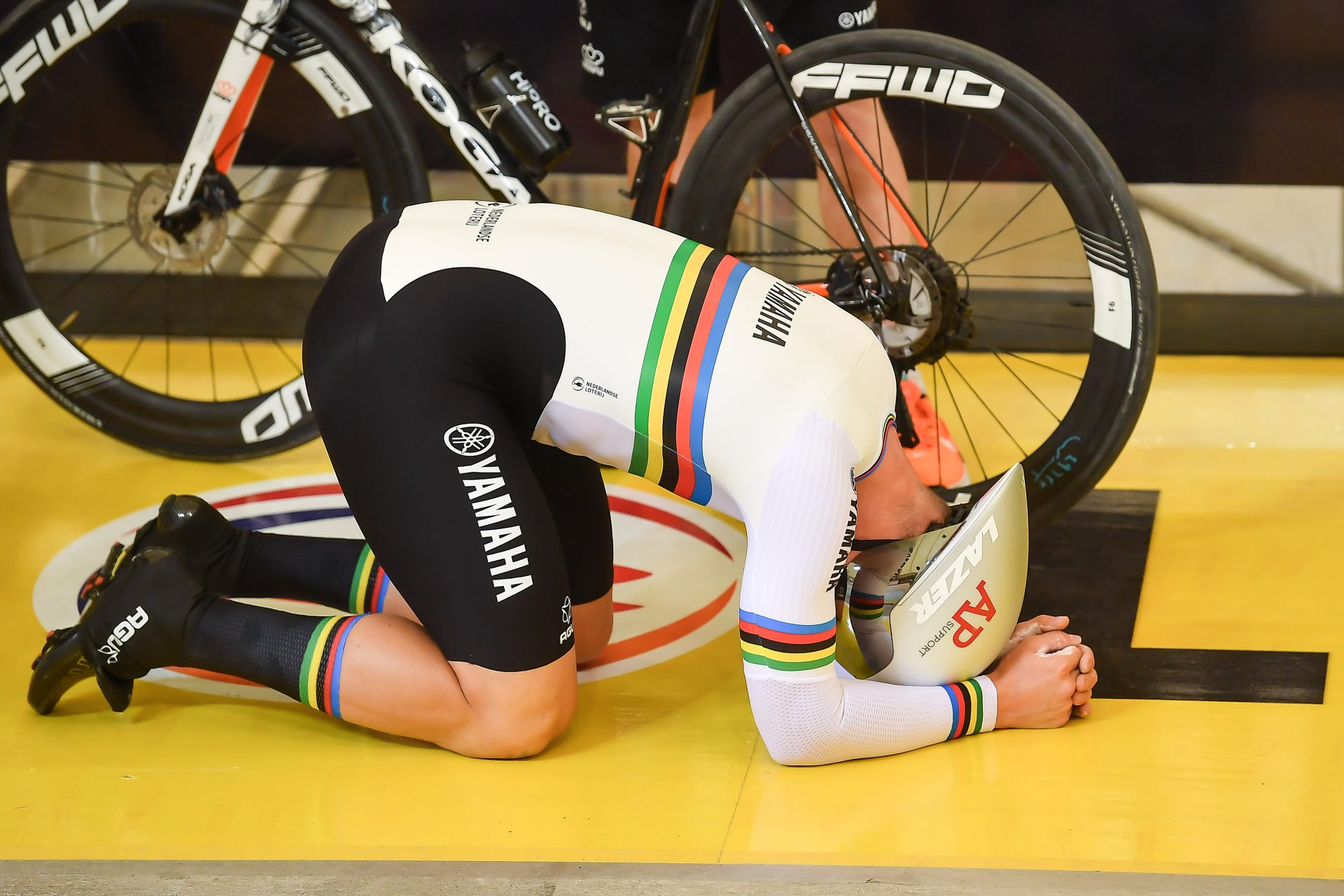
In fact, at 45 minutes or so, that completely empty drunken-like effect lasted more than 45 times longer than the actual event. But altitude can only account for part of that effect; as Kordi tells us, it's also in the sprinter's make-up.
You need the torque and the strength to get up to speed quickly. That requires maximum strength and power, "reaching towards 3,000 watts," according to Kordi, who explains, "you need a lot of muscle mass, a lot of strength, and a lot of muscle activation," which in turn requires a lot of strength training. The result is that the body simply can't clear all the metabolites being produced as such huge muscles contract at full force so quickly, over and over, diving deeper into their reserves than any aerobic athlete could ever imagine.
The kilo is a ceiling, you are limited by what you can put out ... you either have the top speed or you don't.
-Mehdi Kordi
But it wasn't just for the low air density and intoxicating but brutally painful altitude that Hoogland chose Aguascalientes, though. He also had the backing of a partisan Dutch crowd in the velodrome to roar him on, thanks to a contingency of Dutch fans who had made their way down to support Hoogland, having attended the Mexican F1 Grand Prix in support of Max Verstappen two days earlier.
Somewhat surprisingly, that venue choice and date selection were perhaps the most specifically optimised components of this entire attempt. In the age of marginal gains, Hoogland's kilo might well be the last stand for raw talent and sheer power. A rare victory for pure rider ability over the juggernaut that is aerodynamics and marginal gains.
It's not that aero doesn't matter, in fact, it matters more at the 76 kph speeds Hoogland is hitting in the sprint than anywhere else in cycling. As Kordi explains, aerodynamics accounts for as much as 98%, perhaps more, of the resistance a rider must overcome when racing above 60 kph. But what is more critical in the kilo is getting to that speed as fast as possible. That's all about pure power, and Hoogland is one of the biggest and strongest of the sprinters, a discipline dominated by big, strong, powerful riders.
Hoogland's sheer power and strength make him a phenomenal force over the first two to three laps of the four-lap sprint that is the kilo. The final lap is not Hoogland's main strength; it's about hanging on as best as possible to the lead he built up in the opening phases. The reason he is the new World Record holder is because he is the best over the first few laps, and up there with the best of them at getting through the final lap.
To put it in perspective just how good Hoogland is over those first three laps, Kordi explains Hoogland, as an individual, set a time equivalent to the fourth-best time ever by a full team in the entire history of the Team Sprint World Championships qualification rounds (representative as there is only one team on track). In case you are wondering, the three teams to beat him are the Dutch team in 2020, the Australian team in 2022 and again the Netherlands in 2023. Better yet, Hoogland was one of the riders on the Dutch teams.
"Go hard, then harder, then harderer; it makes no sense, but that's the event."
-Mehdi Kordi on kilo pacing
While we heard from Jonny Wale in that Performance Process podcast on the importance of negative splitting, as Kordi explains, "the World Record is now 55 seconds, that is not a lot of time to pace. You just have to go maximally."
According to Kordi, the only way pacing has changed in the past decade or two is in a shift to even bigger gearing to attenuate the fatigue, "if you can basically start the same (opening lap time), then the bigger the gear means fewer muscle contractions per second or per minute, which means the muscles can recover between the contractions, which will offset the fatigue." In other words, if you can get it up to speed quickly enough to not lose time, the bigger gear means you won't get spun out or speed-limited in the later phases of the race.
That gets us to one of Hoogland's key strengths and the frankly kinda-weird ability to maintain similar start times despite increases in gear size. Hoogland used a 70x15 for the record attempt and still did the opening lap within .014 of his opening lap at the Glasgow World Championships on a 66x15. That's a feat he has repeated through multiple gearing steps.
To put that in context, Kordi recalls sprinters using a 51x14 in the Athens Olympics. Furthermore, as Kordi points out, watching the video of the WR attempt, Hoogland was "really smooth in Aguascalientes, which means he had much more time to contract between pedal strokes."
That top end sees him topping out at 76-78 kph, and as we all know, the higher the speed, the bigger the role aerodynamics plays. Factor in all the advances in aero understanding over the past decade, and you'd be forgiven for thinking Hoogland's attempt would be the most aero-dependent and aero-optimised world record attempt ever. Well, not exactly.
Hoogland's sheer size, in terms of muscle mass, is part of what makes him so powerful, but trying to aero optimise that size and sprinting form is akin to trying to polish the proverbial turd.
More importantly, optimising the aero might compromise his power, and Kordi believes power is still king in the kilo; despite all the aero advancements, "getting the f#%ker up to speed is key." With the first three laps all about getting up to speed, just one to one and a half laps remains, so the potential from aero savings is increasingly a game of diminishing returns compared to something like the Hour Record, where the rider will spend 10 seconds getting up to speed and 59 mins 50 seconds holding it and benefiting from any small aero gain. There just isn't the time in a kilo to overcome the trade-offs in power from a more aero position or setup.
More difficult still is trying to field test or even wind tunnel test such a highly variable and intense event at representative speeds.
Take velodrome aero testing, for example: ignoring all the variables and noise for a second, if an aero test requires four laps per test run, and must be completed at, or at least close to, race speed, that is the entire length of the Kilo per test at race intensity. There are no shortcuts that don't impact the accuracy in some way. So, considering how deep sprinters must go to produce these performances, I don't need to explain why multiple runs, nevermind ABAB testing, isn't really an option.
It's the same in the wind tunnel. Try replicating the sprinting form and position without compromising the accuracy of the test, or try finding representative and accurate results without the sprinter doing their thing. Much of it is a "damned if you do, damned if you don't" kind of scenario, but crucially – and maybe thankfully for them – the team were quite limited in equipment choices anyway.
In fact, for all the vortex-inducing shapes, incredibly detailed and integrated aero bars, and 3D printing of recent time trial and Hour Record performances, Hoogland's equipment options were limited to what the team knew wouldn't break under the incredible force he produces.
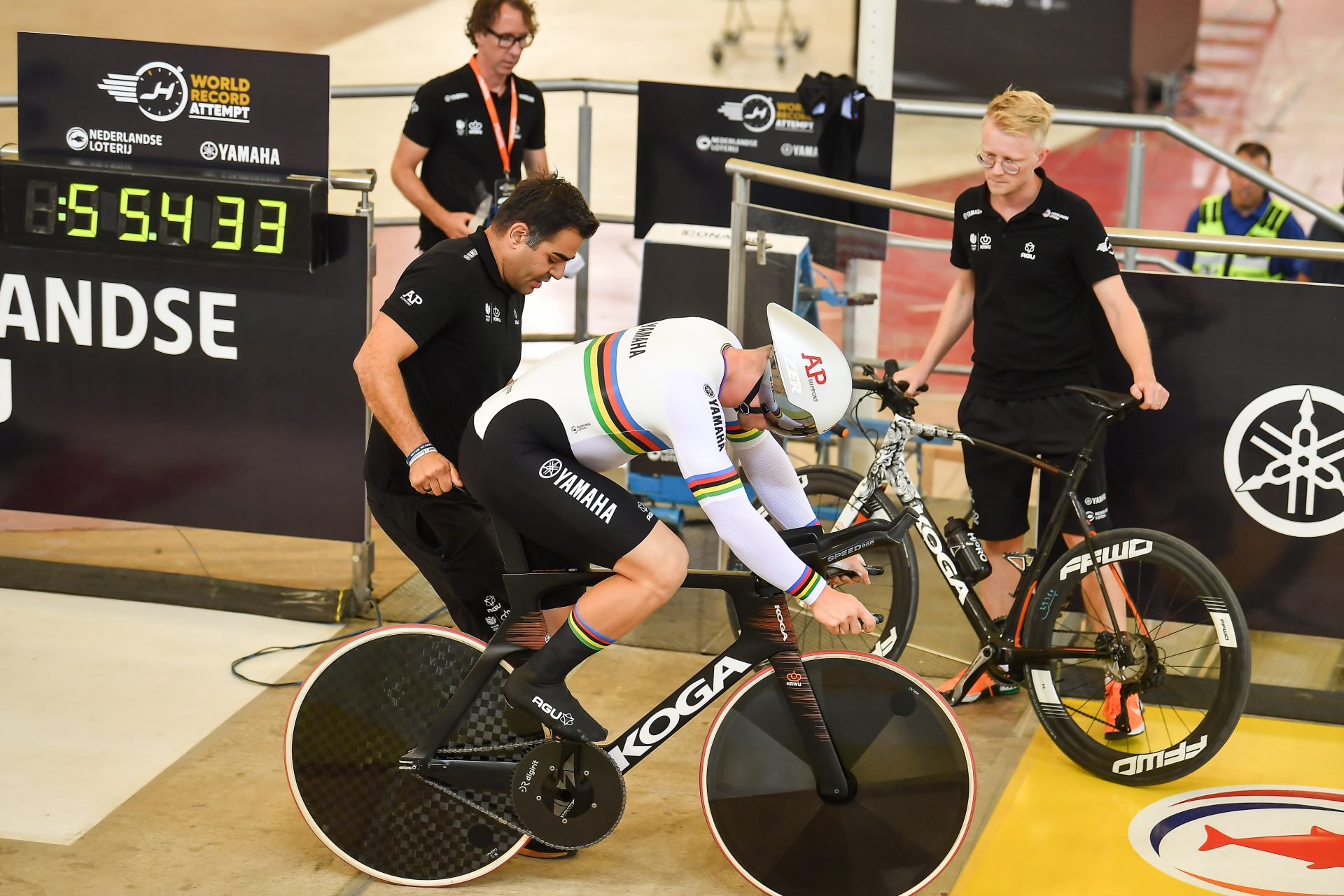
"He's basically snapped every bit of equipment at some point, frames, bars, pedals, cranks, chains, there's nothing he hasn't done."
-Mehdi Kordi on Hoogland's wear-and-tear of gear
As Kordi explained, "It was about finding stuff that is Jeffrey-proof rather than the very fastest kit." While both are true of the Koga Kinsei frame Hoogland used: it is aero-optimised, and was specifically developed for the Dutch sprint squad. As such, it's specifically designed to survive Hoogland's enormous power, and many of the components are the same parts Hoogland has been using for a decade.
Again Kordi explains, "it may not be the best equipment in the world, but we know it isn't going to break." As such, despite the huge role aerodynamics play in the kilo, especially the second half, Kordi, Hoogland, and the team, don't get overly hung up on the marginal gains. Sure, they did some wind tunnel testing where possible. The skin suit and overshoes, for example, got a bit more detailed as the fabrics and construction of garments that perform best differ at various speeds and altitudes and, along with a Hoogland mannequin, the team could optimise as best as possible for the 76 kph at the 1,885 m of elevation in Aguascalientes. So as Kordi explains, the team did take aerodynamics very seriously but with an appreciation for the limitations.
In fact, the team had to make "educated guesses," just like you or I might, e.g. "an aero helmet will be faster," "arms in front of the body is faster," "It's probably faster if his hands are a little higher than his elbows," but all with the appreciation they couldn't really test it and knowing there may well be faster options left on the table. But that's the nature of the event, and again, Hoogland's biggest strength is the opening laps, equipment capable of getting through those was the main goal.
"In the era of science-ing the shit out of it, this is the exception to the rule."
-Mehdi Kordi
Short and sweet
A lot of attention of late has focused on warm-ups and pre-cooling strategies. But again, sprinting is a little different … there's a theme developing here.
There was no lengthy warm up, in fact, that 45 minutes of drunken-like leglessness we heard about earlier was around 15 minutes more than the 30 minutes Kordi estimates Hoogland spent in total on the Mexican track over the four days.
Race day was no different. Kordi and the team decided on doing less of a warm-up and none of the pre-cooling protocols we hear so much about these days. While delaying and managing increases in core temperature are increasingly a a key objective for aerobic and endurance performances of late, sprinters actually want to run warmer for improved neuromuscular performance.
As luck would have it, the day and time registered Hoogland had chosen for the record attempt proved to be the least conducive of the week. The temperatures had dropped, and as the velodrome has no heating and relies on ambient conditions, so it was much cooler than they had hoped. Rather than the ice vests we are now accustomed to, Hoogland's team turned its attention to warming him up rather than cooling him down.
The warm-up itself was also quite different to what we typically cover on this site. As Kordi explains, "us 'aerobes' wouldn't know what to do with yourselves" and explains the warm-up is basically "around 15 minutes on the rollers, then a break, some stretching, then a break, then some light gear sprints, a race gear jump on the track … there's more rest than there is movement." Perhaps surprisingly, for some, there is up to 40 minutes of rest between the end of the warm-up and the actual race start.
It all sounds so much nicer than the death-by-ice-slushy method now employed for many record attempts and other endurance events. One thing I can attest to not being nicer is Hoogland's pre-race bi-carb mix. Sodium bicarbonate is popular among athletes thanks to its ability to potentially improve performance, particularly in high-intensity, short-duration activities like sprinting. As such, it is as popular track centre as you might imagine. For those who haven't tried it, the traditional 0.3 grams per kilogram of body weight dose taken orally mixed in water around 60-180 minutes prior to an event is as rancid as you might imagine. The only thing worse is the explosive consequences of getting the dosage wrong.
The entire trip almost didn't even happen. As mentioned earlier, the team had identified the lower air density in Aguascalientes as key to the success of the entire attempt. Even the Grenchen in Switzerland wasn't really an option for such a high-speed event, despite clearly working well for Hour Record attempts of late. There was one problem, though: the Mexican Cycling Federation is currently suspended by the UCI, and as such, UCI-sanctioned events are not permitted there.
Luckily, though, this is the UCI, and the UCI rules are usually only as watertight as the UCI wants them to be. Once someone realised a loophole in the rules meant World Record attempts might still be possible if the UCI granted approval, an option available to them at their discretion, and having escalated their appeals up the various rungs of the UCI ladder, Hoogland and the team finally got the approval and go-ahead they needed.
Hoogland's Mexican trip wasn't all perfect, though. He attempted the 200 m the night after his kilo ride, but unfortunately for him, he missed the World record by .003 of a second. As Kordi explains, though, that missed attempt didn't do anything to dampen the kilo record, "of course you want everything you touch to turn to gold, but it doesn't work that way. We got two records for the price of one in the Kilo (counting the flying 500) … if anything it probably made him more hungry now with something to work towards."
Whether or not Hoogland will work towards a stand-alone attempt at the 200 remains to be seen, specifically around how his motivation is after Paris. In the meantime, he heads into those Games as not just the best kilo rider of his generation but arguably ever, with the rainbow bands, European, and World Records to prove it.
Did we do a good job with this story?

